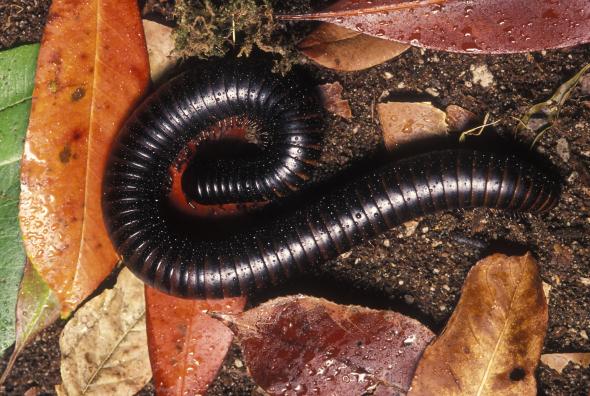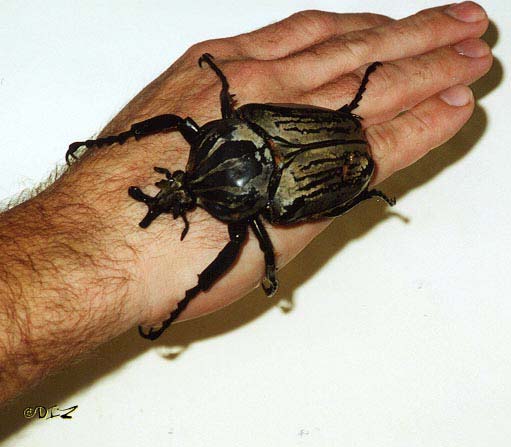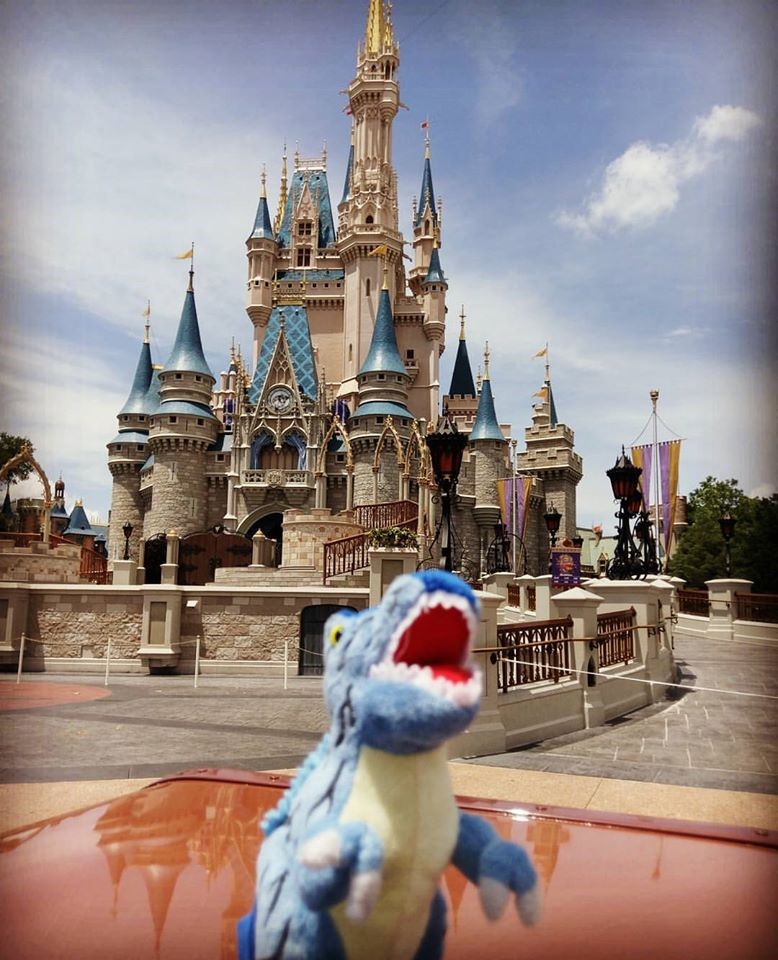The safari, which literally means “journey” or “voyage,” began when Europeans traveled into Sub-Saharan Africa. They came to observe and record the flora and fauna of Africa, but the tales of the unusual animals brought other travelers — those in search of adventure and danger. Originally when one went on safari, one went to hunt the Big Five: lions, leopards, rhinos, elephants and Cape buffalo, ranked not by their size but by their difficulty to hunt on foot.
The modern iteration of the safari still has shooting, but now it is from behind the lens of a camera rather than down the barrel of a gun.
While Dave is excited to see and shoot the Big Five with his camera, I am more excited to see the “little” Big Five, as I am calling it. These are some of the biggest, baddest invertebrates on the African continent. Though they are (relatively) small, they can be fierce!
1. Siafu Ants (Genus Dorylus)
Siafu, also known as Driver or Army Ants, can live in colonies of up to 20 million individuals. When there is a food shortage, the ants will leave their hill and form marching columns of up to 50 million ants, traveling at about 70 feet an hour and destroying everything in their path. While they can be dangerous if an animal comes in contact with these traveling columns, they also perform an important service: pest control. The ants literally drive (hence the name) all other animals, pests and people alike, away from their homes.
Another weird fact: These ants have incredibly strong jaws. In fact, you can break off their bodies and leave the head without the ant releasing its hold, so they are often used as a natural emergency suture which will hold for days.
2. Giant African Millipede (Archispirosterptus gigas)
Over 15 inches long and 2.5 inches around, the Giant African Millipede is one of the biggest and most recognizable invertebrates around. Despite its name, millipedes don’t really have a thousand feet. They actually have around 256 feet (four legs per body segment multiplied by 64 segments on average = invertebrate math). In general, millipedes can make excellent pets but many species come with a slightly unusual side effect: when irritated, they secrete a cyanide-based compound. To humans, the secretions are only mildly problematic, usually resulting in discoloration or mild irritation of the affected skin. However, these same secretions can burn the eyes or exoskeletons of ants and other predators. In the case of the Giant African Millipede, their secretions taste and smell really bad and so it makes them unappetizing to predators.
Another weird fact: Millipedes have a symbiotic relationship (try finding that as an option for your Facebook status) with tiny species-specific mites living on them. The mites keep the millipedes clean and tidy and the millipedes give the mites snacks and a place to live.
3. Ghost Mantis (Phyllocrania paradoxa)
All right. At 1.5 to 2 inches, these guys aren’t that big — but they are that awesome. Their superpower? Their camouflage. Ghost mantises are excellent little mimics. Living in dry areas on bushes and shrubs, the ghost mantis looks to all the world like a brown, dried leaf — even going so far as to rock back and forth slowly so they look more like a leaf blowing in the wind. As vicious little predators, their incredible camouflage helps them ambush unsuspecting prey with their spiked, raptorial forelegs.
Another weird fact: The closest living relatives to the mantid family are termites and cockroaches, both in the order Blattodea. All three had a common ancestor but developed independently.
4. Giant Walking Stick (Bactrododema episcopalis)
Just like the name suggests, this big bug looks to all the world to be a branch from the tree in which it hides. Stick insects are part of the Phasmid order, which comes from the Greek word “apparition.” They are aptly named as they can seem to appear from nowhere due to their ability to blend in. Although herbivorous, stick insects aren’t defenseless. Some species have spines on their legs, while others can spray irritating liquids at attackers. Yet others will regurgitate a nasty substance that will put a bad taste in a hungry predator’s mouth or reflex bleed, oozing a foul-smelling hemolymph from joints in their body. The giant walking sticks in Tanzania will average around a foot in length, but there is a species in Borneo that has been recorded at an incredible 22 inches.
Another weird fact: Some stick insect species can reproduce parthenogenetically (that’s a fancy word that means “without males”). A captive female stick insect can produce hundreds of all-female offspring without ever mating. In fact, there are some species of stick insects for which scientists have found no male specimens.
5. Goliath Beetle (Goliathus albosignatus, Goliathus orientalis)
I love beetles and not only do they have cool beetles in Tanzania, they have two species of one of my favorite beetles: the Goliath. These big, bad beetles can grow up to 4.5 inches long and 3.5 ounces in weight — about the same size, weight and shape of a box of regular, powdered Jell-O. Incredibly strong for their size, these burly bugs can lift up to 850 times their own body weight. For the average 200 pound man, that’s the equivalent of lifting 77 tons!

Boxes of Jell-O. In case you weren’t sure what those looked like.
Another weird fact: Beetles comprise the largest order of insects, Coleoptera, with 350,000 to 400,000 named species. This makes up 40 percent of all known insects and 30 percent of all known animals.
You know what’s even cooler? Scientists estimate that there could be 750,000 to 4,000,000 species of beetle that haven’t been named or discovered yet!
While I can’t be certain that I will get to see any of these critters in the wild on our trip, I am certainly hopeful that I will be able to return with photographic evidence of our encounters! Check back with Dave and I in early December and we will share some of our best photos from the trip.









